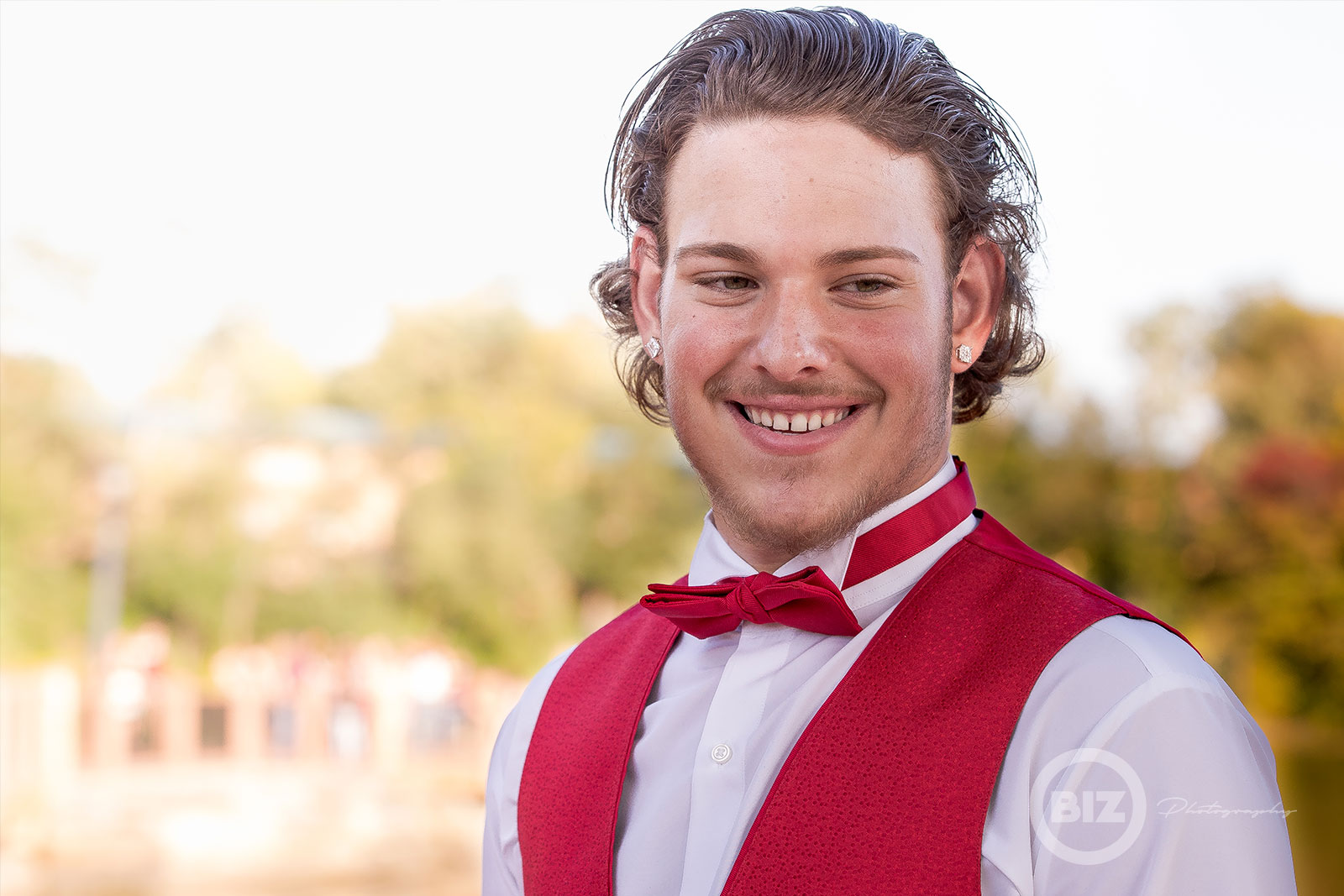When Taking Photos, Think About the Processing

There is a train of thought out there, particularly among photographers who have been at it a while, to always get it right in camera. Of course, many of these same photographers decried the beginning of digital photography a decade or so ago. There is absolutely nothing wrong with getting it right in camera and is a goal toward which every photographer should strive. But with modern photo manipulation and editing software, there is so much that can be done after the fact, that ignoring this facet of the craft is a mistake. This article explains why and how you should think about processing while taking your photos.
First, the thought that if you get it right in camera, you don't need to process is just erroneous. That's like saying in the film days if you get it right in camera, you don't need to develop your film. Processing is part of, well, the process. Even if you take a perfect image with the camera and produce JPGs instead of a RAW file that needs processing, you are still processing. You are just relying on the camera to do it for you. This may or may not be the right approach. If you are sports, event or wedding photographer and take hundreds or thousands of images per job, you don't have time to process each image. Shoot JPG, let the camera do the processing and be done. After all, modern cameras, even point and shoot models, do a great job. But if you are doing landscape, architecture, food, or even people, you may as well take charge of the image and decide precisely how it gets processed rather than letting the camera do it.
“Despite photo editing software, most experienced photographers know that the goal is to always get the picture right in camera. But that doesn’t mean you should ignore post-processing. In fact, your photography will improve exponentially, if you actually think about how you are going to process the image while you are composing it on site.”
Once you understand why you need to do post-processing yourself, then that processing becomes part of the process. You can decide how light or dark you want the image to be, whether it's better as color or black and white, how much sharpening, contrast, and saturation works for your photos and many other factors. Once you reach that point in the learning curve, it's time to take the next step. That step is to think about how you are going to process the photo¬ as you take it, rather than just looking at it later and deciding what needs changing. This opens up a whole new facet of photography and allows you to come home with images you may have skipped before because you couldn't get it right in camera.
For instance, you are out shooting landscapes, but it's a dreary, overcast day. Traditional thinking would have you take a shot that doesn't include much sky or come back and keep trying. Even today, you read about photographers that return to the same location day after day, waiting for the perfect light and sky. That is a methodology to be respected, but not necessarily emulated. You can quickly change the tone of the light in the landscape and replace the sky after you get home. There are those that think that this makes the image fake, but you have to decide for yourself, are you creating art or editorializing a location. The photographers that believe the former make and keep a library of sky images just for this reason.
Other examples are cityscapes. How many times have you passed on an image because there were too many people or other distracting things in the image? Instead of doing that, or just taking the picture and hope you can fix it later, think about the processing. What elements would be easy to remove and which would be too much trouble? What angle or viewpoint gives you the best image, yet only has things in it that you can easily remove later. Thinking about the processing while you are composing the shot ensures not only a great picture but less processing later. And again, if that sky isn't pretty and doesn't complement the view, replace it. Would it be much better at sunrise? Don't come back tomorrow, think about how you would replace the sky and compose the image to make that as easy as possible.
All photographers, once they begin to hone their craft, should try and get the image right in camera, or at least have the knowledge to be able to. But learning all the ways, the image can be processed later should also be a part of that learning curve. Think about the post-processing while you are composing your photos and come home with photos that will become truly outstanding.
www.bizphotography.com
In need of photography services, or looking to take your current photos and create albums, wall decor, prints or even need specialized digital design services? Let's Talk!
E-mail: moc.yhpargotohpzib@pans
Call Direct: 1-216-228-7169
